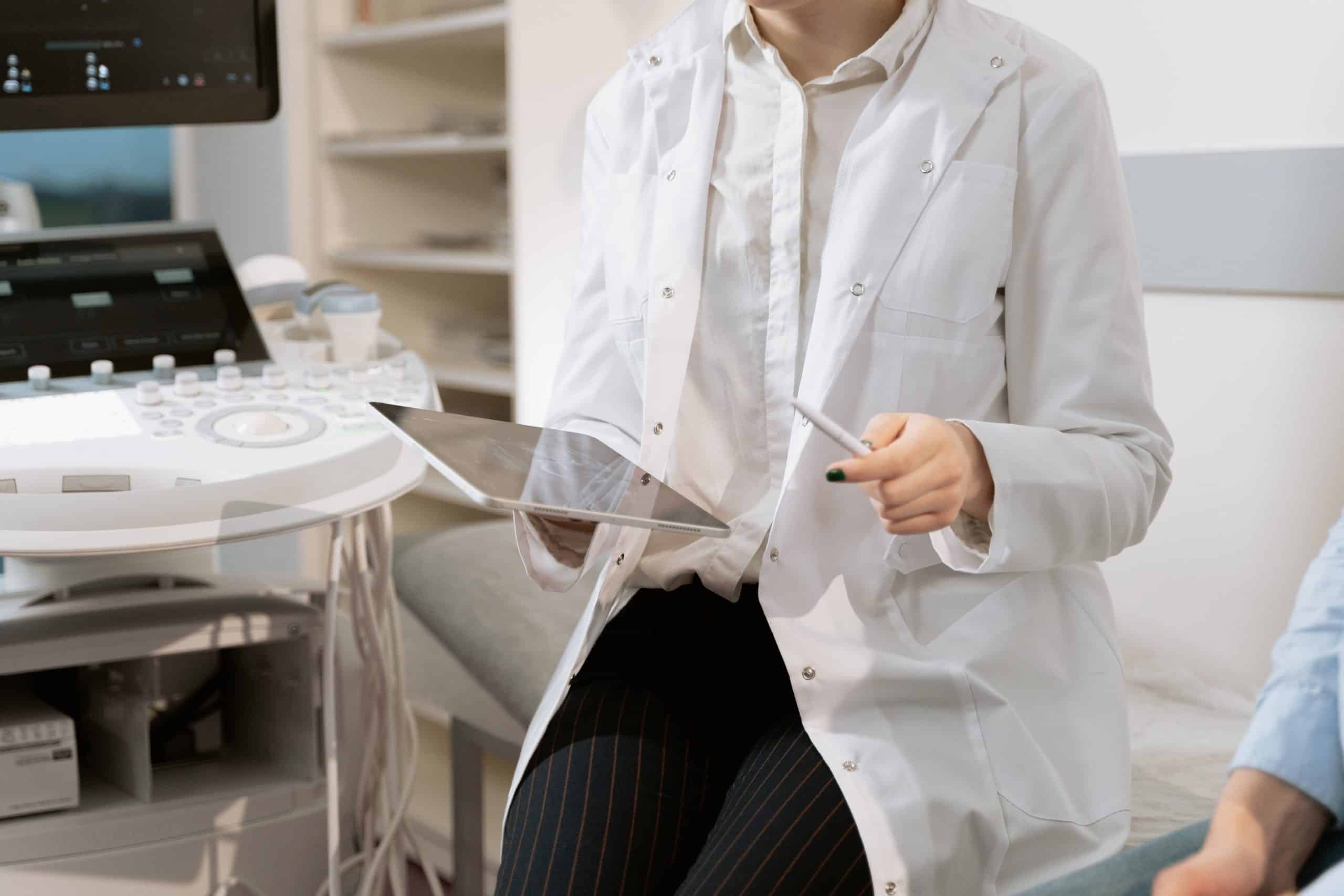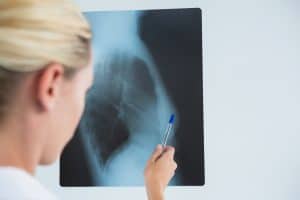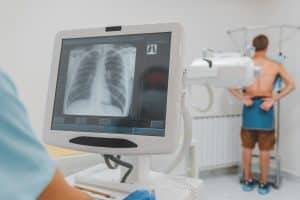For decades, mammography has played an indispensable role in the early detection and treatment of breast cancer. While its core principle — utilizing X-rays to visualize the internal structures of the breast — remains consistent, the technology and techniques have evolved tremendously since their inception. This article dives deep into the fascinating journey of mammography, from its rudimentary beginnings to the sophisticated digital platforms used today. Understanding the nuances and developments in this medical field can be both enlightening and empowering. By tracing the legacy of mammography, we not only appreciate its historical significance but also grasp its pivotal role in shaping the healthcare landscape in our region. Join us as we journey through time and witness the transformative power of medical imaging in the battle against breast cancer.
From Humble Beginnings
The history of mammography dates back to the 20th century. Initial attempts at breast imaging were made using standard X-ray equipment. However, due to the challenges presented by the intricate details of breast tissues, these efforts were often met with limited success.
1960s – The Advent of Dedicated Equipment
The first dedicated mammogram machines appeared in the 1960s. These machines marked a significant shift in breast cancer screening, as they provided a more detailed view of the breast. Still, early machines had limitations in terms of radiation exposure and the clarity of images produced.
Digital Mammogram Revolution
Fast forward to the late 20th and early 21st centuries, when the digital mammogram took the world by storm. Unlike their analog counterparts, digital mammograms store images on a computer. This allowed radiologists to magnify, manipulate, and enhance these images, significantly improving the chances of detecting early signs of cancer.
The Rise of Breast Tomosynthesis
Breast tomosynthesis, commonly known as 3D mammography, marked a revolutionary advance in the field. This technique captures multiple images of the breast from various angles, constructing a comprehensive three-dimensional view. Tomosynthesis greatly assists in visualizing dense breasts, which can sometimes mask potential malignancies in standard mammograms.
Embracing the BI-RADS Classification
BI-RADS (Breast Imaging-Reporting and Data System) classification was introduced to standardize mammogram report findings. This system provides a scale, ranging from 0 (incomplete) to 6 (known biopsy–proven malignancy), aiding in consistent reporting and helping patients understand their results more clearly.
Addressing Radiation Exposure Concerns
Modern mammography has come a long way in terms of reducing radiation exposure. Today’s equipment uses significantly lower doses of radiation than their predecessors, ensuring a safer experience for patients undergoing breast cancer screening.
The Vital Role of Diagnostic Mammogram
A diagnostic mammogram is more detailed than a screening mammogram. It’s specifically used when abnormalities are found in screening mammograms or if there’s a need for closer examination of specific areas in the breast. This targeted approach is especially crucial for patients with previous mammogram irregularities or those with specific symptoms.
Expanding the Horizon with Breast Ultrasound and Biopsy
Breast ultrasound uses sound waves to create images of the breast. This imaging technique is especially valuable for differentiating between solid masses and fluid-filled cysts. On occasions where suspicious areas are found, a breast biopsy might be recommended. During a biopsy, a small tissue sample is removed and examined for the presence of cancer.
The Future of Mammography
The field of breast imaging continues to evolve. With advances in technology, we anticipate even more precise imaging modalities, reducing false positives and enhancing early detection rates.
Mammography has been a cornerstone of breast cancer screening for decades. From its rudimentary beginnings to today’s advanced digital platforms, this modality has continually transformed, offering more precise, safe, and comprehensive options for patients. Valence Medical Imaging in Toronto remains dedicated to bringing the latest advancements in mammography and ensuring the best care for its patients.





